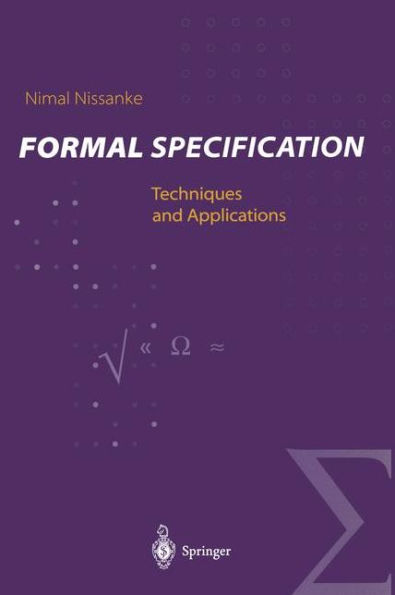5
1
9781852330026


Formal Specification: Techniques and Applications / Edition 1 available in Paperback

Formal Specification: Techniques and Applications / Edition 1
- ISBN-10:
- 1852330023
- ISBN-13:
- 9781852330026
- Pub. Date:
- 08/27/1999
- Publisher:
- Springer London
- ISBN-10:
- 1852330023
- ISBN-13:
- 9781852330026
- Pub. Date:
- 08/27/1999
- Publisher:
- Springer London
54.99
In Stock

Product Details
| ISBN-13: | 9781852330026 |
|---|---|
| Publisher: | Springer London |
| Publication date: | 08/27/1999 |
| Edition description: | Softcover reprint of the original 1st ed. 1999 |
| Pages: | 295 |
| Product dimensions: | 6.10(w) x 9.25(h) x 0.03(d) |
From the B&N Reads Blog
